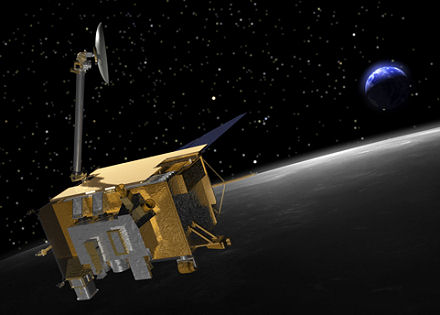11 June 2013
Plastic could work as shield against space radiation hazards
by Will Parker

Experiments carried out aboard NASA's Lunar Reconnaissance Orbiter (LRO) indicate that light plastic materials may provide sufficient radiation shielding for astronauts on future missions into deep space.
Aluminum has traditionally been the primary material used in spacecraft construction, but it provides relatively little protection against high-energy cosmic rays and can add so much mass to spacecraft that they become cost-prohibitive to launch.
The new findings, published in the journal Space Weather, are based on observations made by the Cosmic Ray Telescope for the Effects of Radiation (CRaTER) instrument on board the LRO spacecraft. Prior to CRaTER and recent measurements by the Radiation Assessment Detector on the Mars rover Curiosity, the effects of thick shielding on cosmic rays had only been simulated in computer models and in particle accelerators, with little actual data from deep space.
"This is the first study using observations from space to confirm what has been thought for some time - that plastics and other lightweight materials are pound-for-pound more effective for shielding against cosmic radiation than aluminum," said the University of New Hampshire's Cary Zeitlin, lead author of the paper.
The plastic-aluminum comparison was made in earlier ground-based tests using beams of heavy particles to simulate cosmic rays. "The shielding effectiveness of the plastic in space is very much in line with what we discovered from the beam experiments, so we've gained a lot of confidence in the conclusions we drew from that work," says Zeitlin. "Anything with high hydrogen content, including water, would work well."
Zeitlin acknowledges that shielding can't entirely solve the radiation exposure problem in deep space; "but there are clear differences in effectiveness of different materials." Lightweight shielding materials can now be considered for long missions, she adds; "provided their structural properties can be made adequate to withstand the rigors of spaceflight."
Related:
Discuss this article in our forum
Force-field minimizes space radiation danger
Quantifying Space Radiation Dangers
Radiation exposure from "dark lightning" quantified
Take Two Rads And Call Me In The Morning
Source: University of New Hampshire
